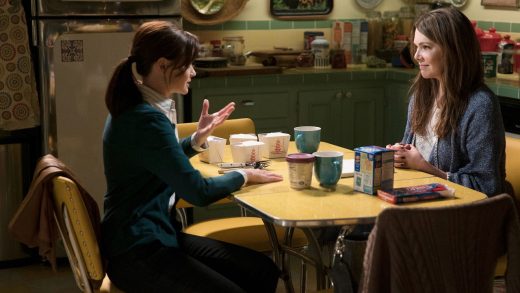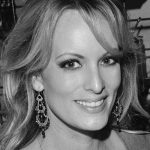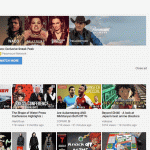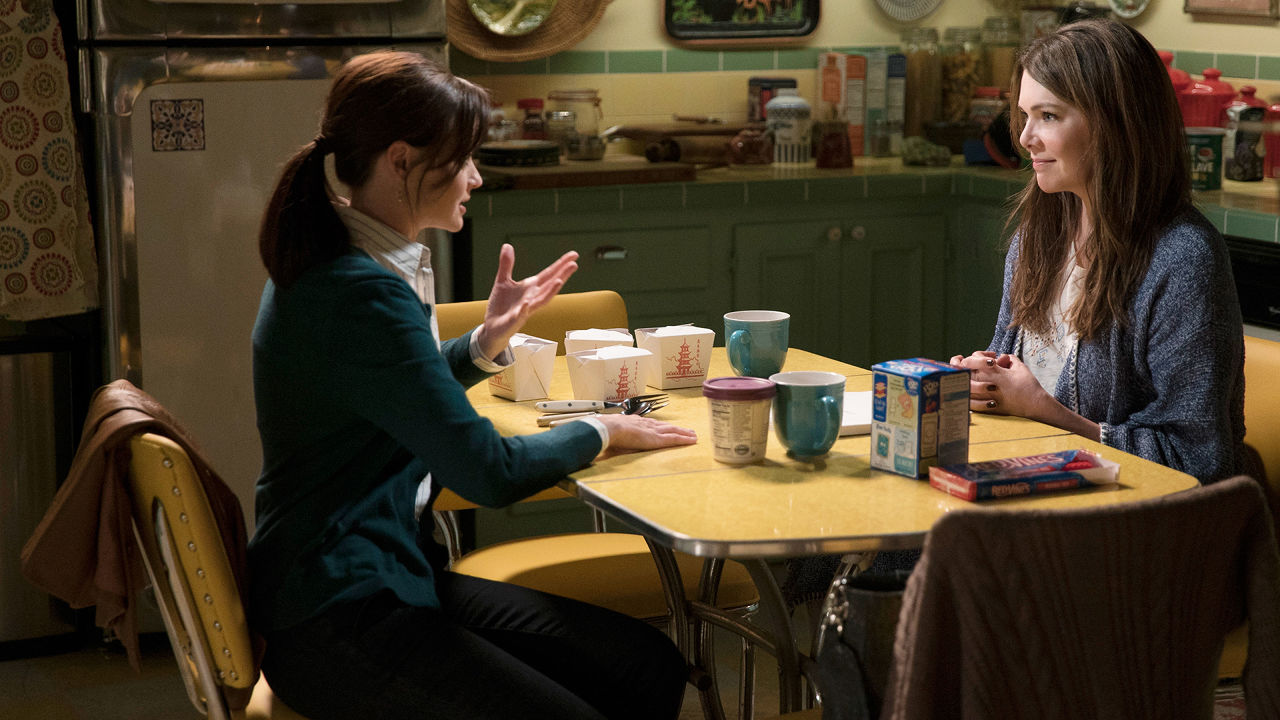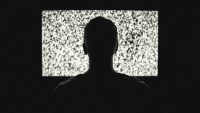How Netflix Exec Cindy Holland Spots A Hit Show
As vice president for original content at Netflix, Cindy Holland oversees the streaming company’s buzz-generating original shows and documentaries, a job she’s had since 2011, when House of Cards went into production. (She’s been at Netflix, however, since 2002.) Since then, the volume of Netflix’s original programming has skyrocketed to more than one new show a week. That partly explains why its subscriber base continues to skyrocket too. Holland spoke to Fast Company about managing her workload and how she predicts whether a show will be a hit.
Fast Company: Can you explain your role at Netflix? What convinces you to greenlight a show?
Cindy Holland: I oversee both the creative and business aspects [of show-making], so both my team and I are deciding which show we invest in and getting the deals done for them, and then overseeing the creative.
As far as greenlighting, it really starts with the storytellers and somebody coming in with a really passionate vision for the series they want to create or the piece of content they want to create, and our belief that they have the ability to execute against that vision. It could be anything from anyone, from Jenji Kohan, who had proven success on Weeds, and came to us with a memoir about a woman in prison and told us how she wanted to expand that world and really focus on all of the characters in that world; to somebody like Raphael Bob-Waksberg, who was a well known TV writer but hadn’t run a series of his own. But he came in and he pitched Bojack Horseman, season one, all 12 episodes of that season in minute detail, and about halfway through the meeting, we said, “Wow. This is something we’ve never experienced before and never heard before.” It was such a different approach—an adult, half-hour animation series, that we were really—we kind of knew it in the room. So many times, that kind of magic happens. And you know pretty quickly that it’s there, and really that comes from the spirit and the enthusiasm of the creators themselves.

Netflix obviously has a huge amount of data on what its users like to watch and how they watch. How does that data inform your creative choices?
We definitely blend the art with the science. We have a lot of data that indicates what our members’ interests are. We know that they have really diverse and eclectic tastes across a wide variety of programming, and it’s not bound by geography. That helps us identify areas of interest, because our viewers are telling us the kinds of things they’re interested in watching by how often they’re pressing play. We also look out into the landscape of what’s being offered in TV now, and identify areas of opportunity and areas that aren’t being currently served by linear, ad-supported marketplace.
So an example of that would be over the last year and a half, we’ve been creating and investing in a slate of family and young-adult programming because we felt that there was an opportunity. Members were telling us through watching things like ’80s movies that are family friendly, through our service, and through surveys telling us that they’re not finding great options on broadcast TV or cable TV today for titles they can watch with the whole family. That led us to make decisions like investing in Fuller House and Gilmore Girls, and the upcoming series this summer Stranger Things.

Netflix’s originals slate has been growing exponentially. This year you have over 600 hours of original programming. How do you handle that workload?
Really, the biggest key in being able to scale to the size of the slate we’d like to have is hiring great people and great storytellers and imbuing everybody both inside and outside the company with our freedom and responsibility culture. When it’s working well, it allows us to accomplish a great deal. I’m not a bottleneck to any given situation.
What’s your favorite part of your job? Hearing pitches? Negotiating deals? Giving creative notes?
I love the creative exchange, but I think my favorite part is launch day and seeing who comes and watches, and what they think of it.
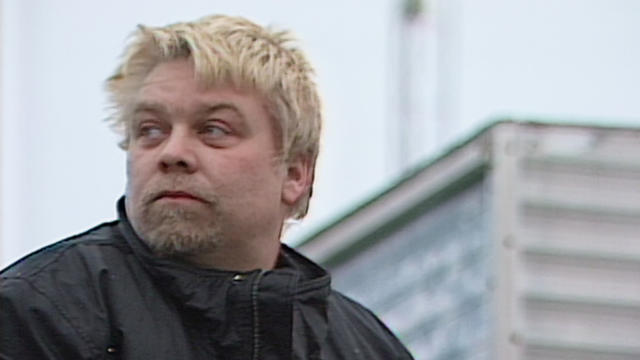
When a show drops, are you sitting in front of your computer watching the numbers?
No, not so much. We do look at the numbers, we look at the social reaction. There’s a group of us who will monitor Twitter for the most insightful and the most unusual and most funny comments, and just to get a sense of how people are reacting to it. There’s that immediacy to it, not just in the numbers, but in the social media conversation.
That was certainly the case with Making a Murderer. We knew that there would be that kind of reaction in the sense that anybody at Netflix who watched parts of that series before we launched it had exactly that same reaction. But of course we never anticipated the intensity and the volume of the reaction. You sure can never plan for something like that, but you’re happy when it happens.
Related Video: The Joys And Heartbreak Of How Skydance Media Execs Choose What Gets Made
Fast Company , Read Full Story
(24)

